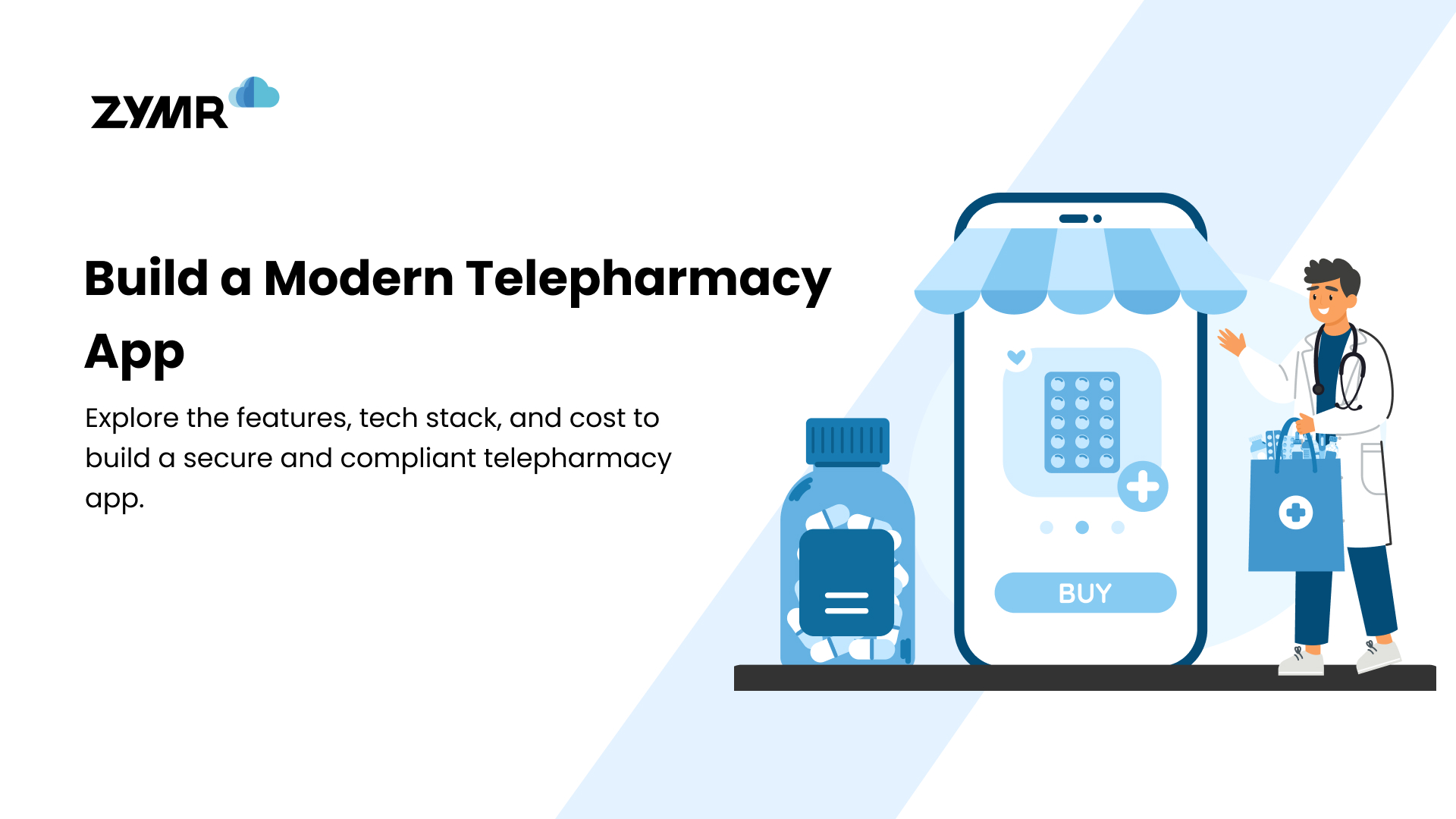Corporate giants like Netflix, Amazon, and Uber are winning big with cloud-native strategies. Cloud-native applications are getting a tremendous traction among forward-looking businesses to achieve spectacular success. Thanks to cloud-native trends, startups and enterprises can effectively develop and deploy applications with cloud services, and developers can devote more time to deliver functionality and propel innovation. Microservices, API, DevOps, Quality Assurance, and Operational Integration play a crucial role in bringing a cloud-native application into production. Cloud native application development services are a unique blend of ‘technology’ and ‘people’ in which technology garners to Microservices and Serverless and People garner to DevOps culture. This blog will talk about major cloud-native application elements that you can’t afford to miss. Without further ado, let’s check them one by one.
Application Design and Microservices Architecture
Cloud-native apps are designed for existing in the cloud landscape. Microservices are at the core of cloud native app architecture as robustness and dynamism are the prerequisites and power of such apps to deliver and iterate application functionality swiftly. Microservices architecture provides underlying support to cloud native apps by minimizing the integration and testing related hassles and making changes in the executable deployment model. Microservices deconstruct one single app into separate functional components to overcome the drawbacks of monolithic architecture. Cloud native apps are made up of microservices packed in containers wherein the central orchestrator effectively manages microservices to enhance efficiency. Microservices are platform-agnostic and empower developers to work on and optimize the core functionalities of each service. Kubernetes play a pivotal role as an open-source container orchestration platform. Developers can easily track the containers that have bugs without making an impact on the entire application. Microservices are packed into containers to assist developers in making changes in parts of microservices, and containers facilitate the transfer of software products between clouds. These factors together make cloud-native apps unique by reforming app development and maintenance approaches. The bottom line - Developing cloud-native apps with microservices seems to have a promising future.
Serverless Functions
Serverless acts as the next phase of cloud-native app development and fits perfectly in the cloud-native. Cloud-native architecture is known for unlimited scalability and the ability to support a vast user-base, and requests on distributed applications. Serverless provides a cushion to cloud-native architecture to root out the challenges related to infrastructure or application. As the codes run on servers, cloud providers manage the instances to run codes and the provision of servers. Cloud providers take care of the entire backend infrastructure to offer serverless functions that cloud-native apps use. Businesses don’t have to focus on complex platforms, installation, and configuration, and developers can divert their attention to core functionality and create the codes. For example, Netflix relies on serverless code, and cloud providers like AWS Lambda, Azure, and Google Cloud Functions are investing in it. Businesses need to ensure beforehand that the cloud vendor’s security protocols are solid. A move towards serverless needs a strong security posture as a prerequisite through end-to-end encryption, access controls measures, efficient codes, and third-party tools like Cloud Watch. The bottom line - Serverless architecture acts as a frontier in the development of cloud-native apps.
DevOps Culture
The journey to go on the path of cloud-native apps unleashes a cultural change as well. DevOps principles are significant in cloud-native apps, and the cloud-native environment facilitates the DevOps culture. DevOps is a combination of people, processes, and tools to amplify and automatize the mutual efforts between development and operations functions, teams, and stakeholders. Seamless collaboration in Dev and Ops teams can make the software delivery pipeline work seamlessly and automatically. Developers are responsible for running apps on the cloud platform, whereas engineers in the operations team manage the entire platform-related development, operations, and automation affairs. Cloud-native transforms enterprises under an innovative environment, and DevOps services streamline and realign people and processes to boost operational effectiveness and efficiency. Businesses need to understand that going cloud-native is a gradual process, and a powerful transition requires incremental steps to be taken judiciously. The process begins with migrating on-premise and off-premise apps to the cloud. Then comes the assessment of apps that can be broken down into microservices to containerize the workloads, and a strong DevOps culture is essential in these transitions.The bottom line - DevOps is required to transition to cloud-native development.Conclusion - Cloud native apps are the future of as going native can decrease time to market, lower costs and extensibility and security which is why it is pivotal to dive deep into the core elements of cloud-native viz. Microservices, Serverless, and DevOps.We thrive in a digital world wherein business demands are continually rising regarding customers’ expectations. Cloud-native apps gear up the businesses for the next level growth and help them stay ahead of their competitors. Cloud-native leverages modern techniques like Agile, PaaS, Microservices, Containers, CI/CD, DevOps, and Multi-cloud. Cloud native app development has become a popular approach in developing, running, and improving apps based on popular cloud computing technologies. Businesses who want to make a mark in this fast-paced software-driven market need to transform the way they previously used to design and build the apps. And, cloud native apps development technique appears to be the right strategy.Looking for a Top-Notch Cloud Native Application Development Services Partner?Achieve cloud native maturity and experience enhanced DevOps efficiency, speed, and agility in the face of transforming market realities with our cloud native application development services. With open standards for interoperability, develop applications that capitalize on the potential of the cloud environment. Experience the development services comprising Microservices, Containers, Dynamic Orchestration, and Continuous Delivery. Our domain-driven-design helps you build highly scalable applications that can be seamlessly deployed, adapted, or upgraded.Contact our expert team today.
Conclusion
FAQs
>
>
>
>
>
Have a specific concern bothering you?
Try our complimentary 2-week POV engagement
Our Latest Blogs









.svg)
.svg)
.svg)
.svg)
.svg)
.svg)
